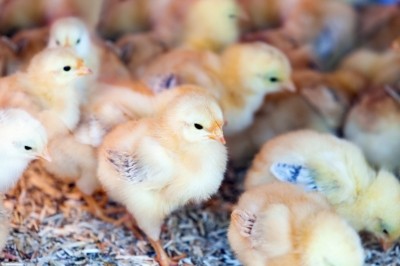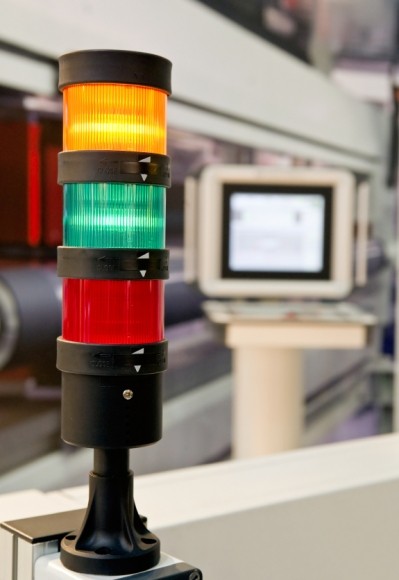Reports from IPPE 2016
'Continuous improvement is a big part of any plan, including a biosecurity plan,' says AFIA

The American Feed Industry Association (AFIA) presented information on a four step strategy to help feed manufacturers develop and implement a biosecurity plan for their facilities in Atlanta, last week at IPPE.
“To drive a biosecurity program, it begins with management of the company,” said Henry Turlington, AFIA director of quality, education and training. “It’s a culture driven approach, and communication is critical.”
The feed group first started work on developing a plan to help members write and implement their own biosecurity programs after outbreaks of disease like the porcine epidemic diarrhea virus (PEDV) and highly pathogenic avian influenza (HPAI), he told us. In developing the guide, AFIA worked with several other organizations.
“Although feed was not related in anyway with the spread of HPAI, we wanted to help our industry understand that we continue to be vigilant in maintaining a good biosecurity plan,” he said.
Steps of the plan
The development of a biosecurity plan covers several areas, said Turlington; these include “ingredient receiving, supplier verification, manufacturing processes, delivery transport of product and employees and visitors – which is probably the primary one of concern.”
The plan also has to consider what hazards should to be accounted for or controlled, he said. And that needs to be assessed and understood on a scientific, not emotional, basis.
Producers also have to account for the pre-manufacturing, manufacturing and post-manufacturing stages, he said.
“On the pre- side you focus on supplier controls and ingredient specifications and helping them understand what your needs are,” he said. “Within manufacturing, it’s ensuring and receiving components are maintained and controlled; that’s where you can try to keep the disease spread from coming in and having policies in place to ensure housekeeping and making people aware and education and training of personnel. Make sure they understand their role in the process, and then post-manufacturing there you’re talking about delivery exposure upon leaving your facility.”
Feed manufacturers need to assess their facilities to see what could be improved to limit the possibility of disease spread or increase control, he said. Producers also should to know how different diseases are spread to account for specific contaminants or potential vectors.
“With, for example PEDV, the most common source there is going to be fecal exposure, so you want to try to eliminate potential risk of that,” said Turlington.
Next the processes and procedures need to be established, he said.
The fourth step involved is to communicate about the plan, monitor and verify how it works and develop a company culture to use and maintain the processes and procedures set in the plan, he said.
“To develop this culture, you have to have the management commitment that means resources, that means involvement, that means being connected in the program and that includes communication of the program,” he said. “[It means] for management to be actively involved in the process and showing their support of the program.”
To further cement the idea, AFIA has included biosecurity requirements in its feed quality and food safety program, said Turlington.
“In the US right now we’re very focused on implementing the new regulatory rules from the Food Safety Modernization Act (FSMA),” he said. “Obviously, the biosecurity plan is not a part of that, but that is why we try to encourage members to consider this as a part of your efforts first within your culture of driving, improving and implementing programs for quality food safety, including biosecurity.”
Updating biosecurity
One additional feature that good biosecurity plans have is the ability to be audited, said Turlington.
“You need to be able to audit it to verify that it is effective,” he said. “You need to verify that what you said you’re doing is being done.”
Additionally, feed manufacturers should be able to evaluate their plans in light of new risks or to address suggestions to improve the processes involved, he said. “Continuous improvement is a big part of any plan, including a biosecurity plan,” he added.
“The threat is still there, and the HPAI continues to keep us aware of the potential of animal disease in agriculture,” said Turlington. “We want to make sure we continue to do our part on the animal feed side.”








